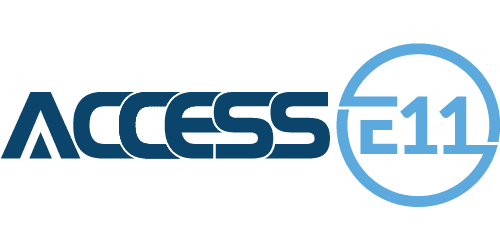Citizen satisfaction is not just a buzzword; it’s an essential metric for evaluating the performance of local governments. Research indicates that a staggering 72% of citizens are interested in utilizing online government services. Despite this interest, over half abandon their attempts due to difficulties in navigation and access. The implications are clear: providing user-friendly online services is not a luxury but necessary for increasing citizen satisfaction and fostering trust.

Citizen Satisfaction: The Cornerstone of an Effective Local Government
Citizen satisfaction serves as a barometer for the effectiveness of local government. A satisfied citizenry is more likely to engage with the community, trust their local government, and participate in civic responsibilities like voting. According to a study by Pew Research Center, 71% of Americans who have a favorable view of their local government are also actively engaged in their communities, compared to just 28% who have an unfavorable view.

The Challenges of Simple Online Services
While the advent of online services opens doors for more efficient and streamlined government-citizen interactions, it’s not without its challenges. One of the most significant obstacles is the complexity of user interfaces. In an environment where many citizens are already hesitant to engage with governmental systems, a convoluted or unintuitive interface can serve as a formidable barrier.
Moreover, the issue of accessibility remains a pivotal concern. This isn’t just about having access to a computer or the internet. It is also about how easy the system is for people who may not be digitally literate. Aging populations combined with a constantly changing technological environment create a level of complexity that some people cannot navigate.
The Ripple Effect of User-Friendly Online Services
The benefits of enhancing the usability of online government services extend far beyond mere convenience. They directly impact the quality of governance and citizen satisfaction. For instance, efficient problem resolution is a tangible outcome of a well-designed interface. When citizens can easily report issues or request services, it expedites the government’s ability to address these concerns and creates a positive feedback loop.
Additionally, the usability of online services directly correlates with government transparency and civic engagement. A system that enables straightforward access to information or services naturally encourages citizens to interact more with their local government. This fosters a culture of transparency, as citizens are more likely to be informed about government initiatives and spending. Therefore, investing in the usability of online services can be a strategic move that pays dividends in multiple facets of governance and citizen satisfaction.
Blueprints for Success
Leveraging a sophisticated case management system can significantly elevate the quality of citizen engagement for local governments. This sets the stage for a more streamlined and user-friendly online experience. One of the most crucial features of such a system is an easy-to-use, citizen-facing web form. Local governments can ensure that citizens can effortlessly report issues or request services by providing a straightforward and intuitive form. This streamlined approach can significantly improve problem-resolution efficiency, enabling government agencies to promptly and accurately collect all necessary information. Mobile capabilities further extend this accessibility, allowing citizens to engage with their local government whenever and wherever it’s most convenient.

Another standout feature of a robust case management system is automated communication. This functionality ensures that citizens are kept in the loop about the status of their issue or request, from initial receipt to final resolution. Such automation not only reduces the administrative burden on government staff but also enhances the transparency of the process. Furthermore, citizen outreach can be integrated into the system to periodically update the community about new initiatives, upcoming events, or important announcements. By combining these elements—accessible web forms, mobile capabilities, automated communication, and citizen outreach—local governments can create a holistic, user-friendly online experience that meets and exceeds citizens’ expectations, thereby fostering higher engagement and satisfaction levels.

AccessE11 is a solution that can tackle all these issues, while being affordable and easy to implement for your municipality. By offering automation, citizen outreach, and an easy to use citizen facing webform, AccessE11 gives local governments of any size the chance to bring easy online access to their citizens. You can do the same in your municipality.
In Conclusion
Driving citizen satisfaction is no longer just ‘nice-to-have’; it’s a necessity for the overall health of local governments. Investing in user-friendly online services can significantly elevate citizen satisfaction, engagement, and trust. As we move deeper into the digital age, the governments that prioritize these aspects will be the ones to set benchmarks in effective governance.












.jpg)


